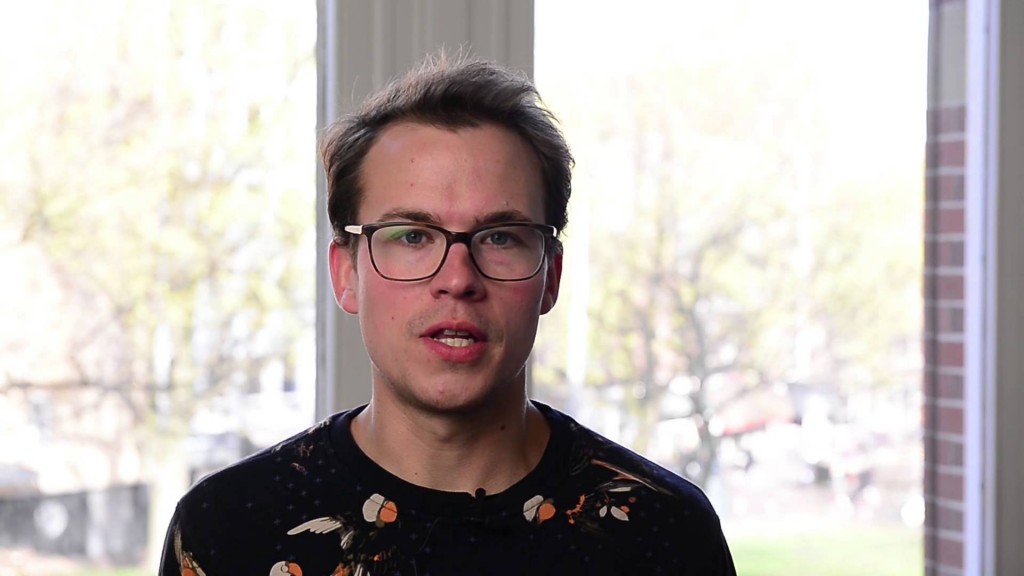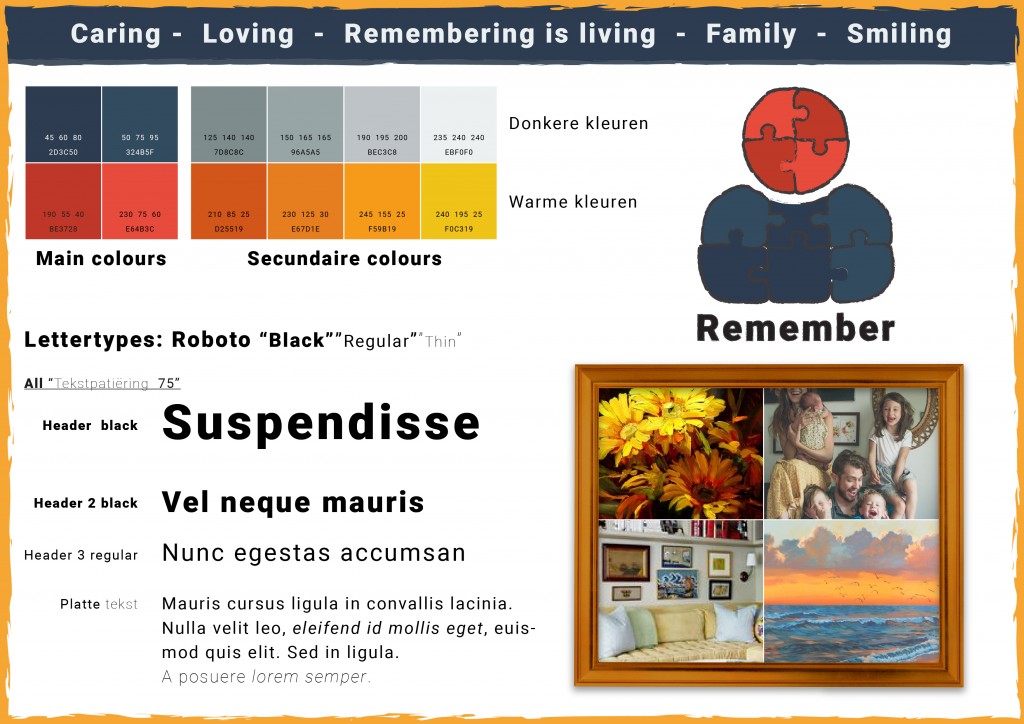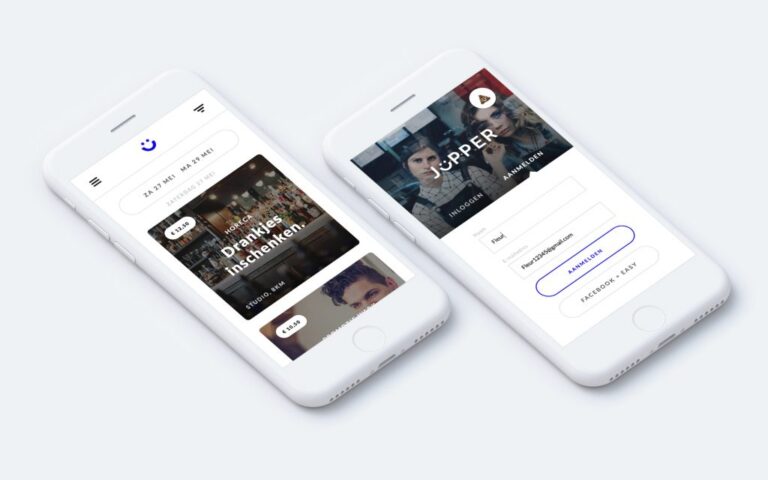DBC Project 2 “Remember”: Dementia Can Be Forgotten

For my second project as a first-year DBC student, I developed an incredibly exciting concept. In this article, I will discuss our client and the concept we came up with. If you haven’t read the summary of my first project yet, you can do so by clicking here.
Client for My Second Project
The client is Evert Hilhorst, an interaction designer at Freshheads. Freshheads assists companies with their online ambitions, focusing on brand experience, engagement, and mobile innovation. The company specializes in three areas: demand and supply of lead generation, service design, and online innovation. Starting from a humble beginning in an attic, it has grown into a company with about 35 employees.

Project Objective
My task was to devise a digital business concept for the healthcare sector. This could encompass a broad range of services, from hospital care to physiotherapy or health coaching. The concept needed to adhere to three guidelines: it should benefit the well-being of patients/people, contribute positively to national healthcare costs, and have the potential to evolve into a company.

Target Audience for Our Project Group
After extensive brainstorming, we decided to focus on elderly individuals with dementia. We believe that we can counteract the process of memory loss through technology. Research indicates that activities stimulating cognitive abilities have a positive effect on the memory of those with dementia. We aim to develop an app for phones or tablets that stimulates cognitive functions in a fun and challenging way.

Application Developed by Our Project Group
The name of our concept is “Remember”: an application that allows elderly individuals with dementia to play a game that makes the disease more bearable. To play the game, family members of the person with dementia first upload several photos. To explain the main function of the application, I will use the following example.
After setting up photos of family members, the user is shown multiple photos with the question, “Which of these two people is, for example, Peter? Swipe away the person who it isn’t.” When they know or think they know which of the two people is Peter, they swipe away the images that are not Peter. If the app detects that the user has swiped away the correct photo, it moves on to the next question. This next question will be more challenging, such as asking about a more distantly related family member. The opposite happens when a person with dementia answers incorrectly.

Stakeholders Interested in Our Application
Our application’s primary focus is on user-friendliness, as it should be easily accessible for the elderly. By offering our application at a minimal cost (99 cents), it becomes available to any individual with dementia who owns a smartphone or tablet, providing an affordable way to remember their family members longer.
Utilizing swipe gestures allows us to measure the user’s reaction time and record whether the questions are answered correctly. Long-term use of the application could reveal patterns. These data are valuable for family members and caregivers, as they can observe potential progress in the memory of the person with dementia. Additionally, such information is crucial for testing and researching dementia-inhibiting drugs. Noticing significant improvement after using a specific medication could validate its effectiveness against dementia.

Project Outcome
The project involved identifying the Belbin roles of team members, leading to a more effective collaboration. Although the final grade was lower than my first project, a more professional execution was achieved. The project was evaluated based on our final presentation and concept book. If interested, you can download both documents through the links provided below. This project was awarded a grade of 7.4.
Download the final presentation (PowerPoint) >
Download the concept book (PDF) >




Interessant concept. Kijk uit naar de volgende concept, Floris!